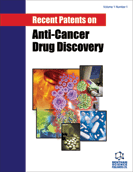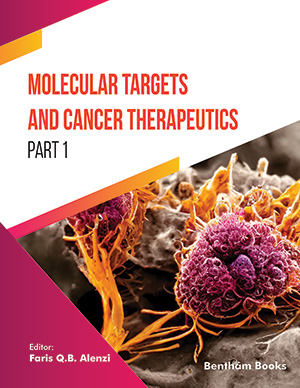
Abstract
Taxanes represent the most important class of antitumor agents introduced in cancer therapy in the last decade. The first member of the family was paclitaxel, firstly isolated from Taxus Brevifolia and found active as antitumor agent at the end of 60s. In the mid of 90s, a semi-synthetic taxane derived from 10-deacetylbaccatin III was introduced and thereafter named as docetaxel. Taxanes act by inhibiting microtubule dynamics, thereby inducing the arrest in M phase and the consequent activation of the apoptotic program. Since target of taxanes is not directly the genome, they are effective alone or in combination with DNA-damaging drugs in tumors not responding to conventional chemotherapeutics, such as advanced breast and non small cell lung cancer. In this review we will cover the aspects of clinical applications of the currently used taxanes as well as the clinical problems related to their use. Taking into consideration such problems, new taxanes have been developed in order to extend the spectrum of taxane-sensitive tumors and several of them are currently undergoing clinical trials. Among these agents, a newly developed taxane (BAY 59- 8862) appears particularly interesting for the fact that it shows excellent oral bioavailability and activity in tumors with inherent resistance to paclitaxel.
Keywords: taxanes, drug resistance, dna damaging drugs
 5
5


















